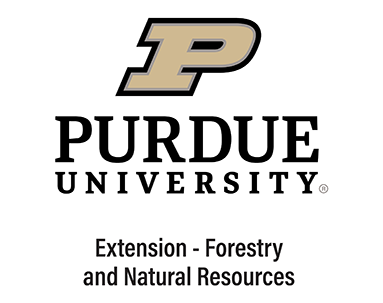
Forests and woodlots are constantly changing. To get the most out of your property to meet your wildlife, recreational, aesthetic or economic goals, some type of regular management is necessary. Getting the most out of your woods can be a challenge on your own.
The Indiana Department of Natural Resources Division of Forestry and Purdue Extension-Forestry and Natural Resources partnered together on the Woodland Stewardship for Landowners video series to help educate landowners on options for managing their woodlands.
This series includes videos about different forestry practices available to woodland owners, including information on their scientific basis, costs & benefits, and the general approach of each practice.
Ultimately, this will allow woodland owners to make more informed long-term management decisions that enhance their woods for their objectives.
Autumn-olive is an invasive plant that is originally from Asia but has been introduced into the United States for erosion control, and wildlife food and cover.
The Environmental Quality Incentives Program (EQIP) is a cost-share program administered through the United States Department of Agriculture (USDA) that helps woodland owners remove invasive plants from the landscape, and in turn, creates a more natural forest ecosystem.
Native to Eurasia, common buckthorn was introduced into the United States as an ornamental plant but has since invaded our woodlands as an invasive plant. Common buckthorn is becoming more common in Indiana.
Japanese barberry is an invasive plant that is originally from Japan but has been introduced into the United States as an ornamental plant.
A variety of privets have been introduced into the United States from China, Europe and North Africa. Privet has been used as an ornamental plant, particularly as a hedgerow plant, but has since became an invasive species across the landscape.
Foliar spraying, or spraying leaves with an appropriate herbicide, is a popular application used in controlling unwanted plants, particularly invasive plants.
A well-managed woodland can promote wildlife diversity and forest health. Two of the more common techniques that we use are single tree selection and patch-cut harvesting. Used together in the long term, these two techniques will create trees of multiple generations or different age trees within the same woodland. In this video, Purdue Wildlife Extension Specialist Brian MacGowan will talk about what these two techniques are, what trees they help grow and how wildlife species respond to them.
There are several ways to sell timber from your property. One of those methods is a sealed bid timber sale. A sealed bid timber sale minimizes risks to landowners by using a professional forester to assist with the entire sale process. Sealed bid sales produce more competition from timber buyers, and therefore, landowners typically receive a fair market price for their timber, and perhaps a premium compared to other selling methods.
Browsing by deer on planted and naturally regenerated hardwood seedlings is one of the greatest obstacles to seedling establishment in many parts of the central hardwood region. In this Woodland Stewardship For Landowners, Purdue Wildlife Extension Specialist Brian MacGowan talks about different types of deer damage and how landowners could mitigate the damage.
A variety of different types of regeneration openings can be created on properties to provide different structures and species of plants that are suitable to a wide variety of wildlife species. In this episode of Woodland Stewardship for Landowners, Purdue Extension forester Lenny Farlee talks about two types of regeneration openings – Clearcuts and shelterwoods. These two techniques produce an even-aged forest, where all the plants regenerating in that area are approximately of the same age.

